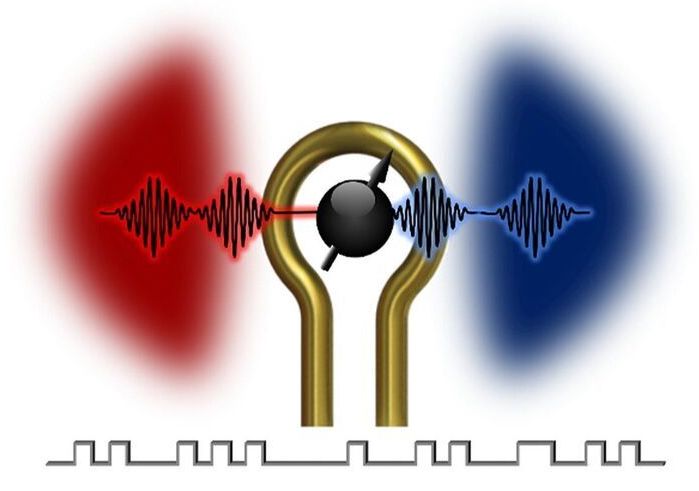Scientists on the hunt for an unconventional kind of superconductor have produced the most compelling evidence to date that they’ve found one. In a pair of papers, researchers at the University of Maryland’s (UMD) Quantum Materials Center (QMC) and colleagues have shown that uranium ditelluride (or UTe2 for short) displays many of the hallmarks of a topological superconductor—a material that may unlock new ways to build quantum computers and other futuristic devices.
“Nature can be wicked,” says Johnpierre Paglione, a professor of physics at UMD, the director of QMC and senior author on one of the papers. “There could be other reasons we’re seeing all this wacky stuff, but honestly, in my career, I’ve never seen anything like it.”
All superconductors carry electrical currents without any resistance. It’s kind of their thing. The wiring behind your walls can’t rival this feat, which is one of many reasons that large coils of superconducting wires and not normal copper wires have been used in MRI machines and other scientific equipment for decades.









